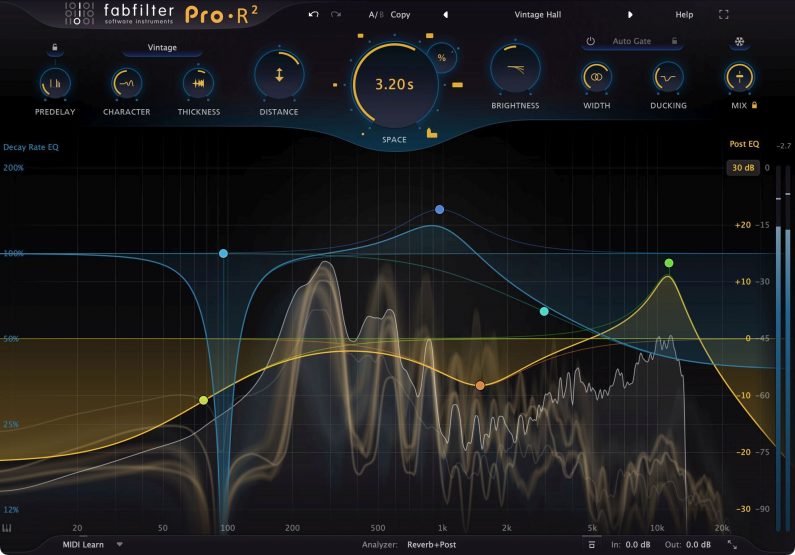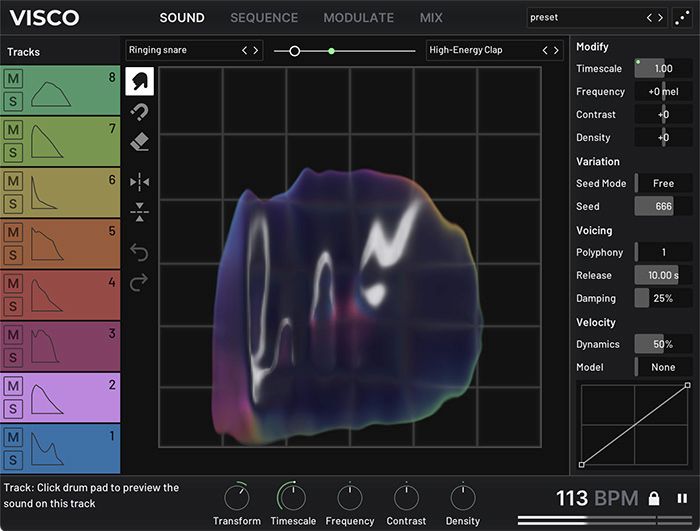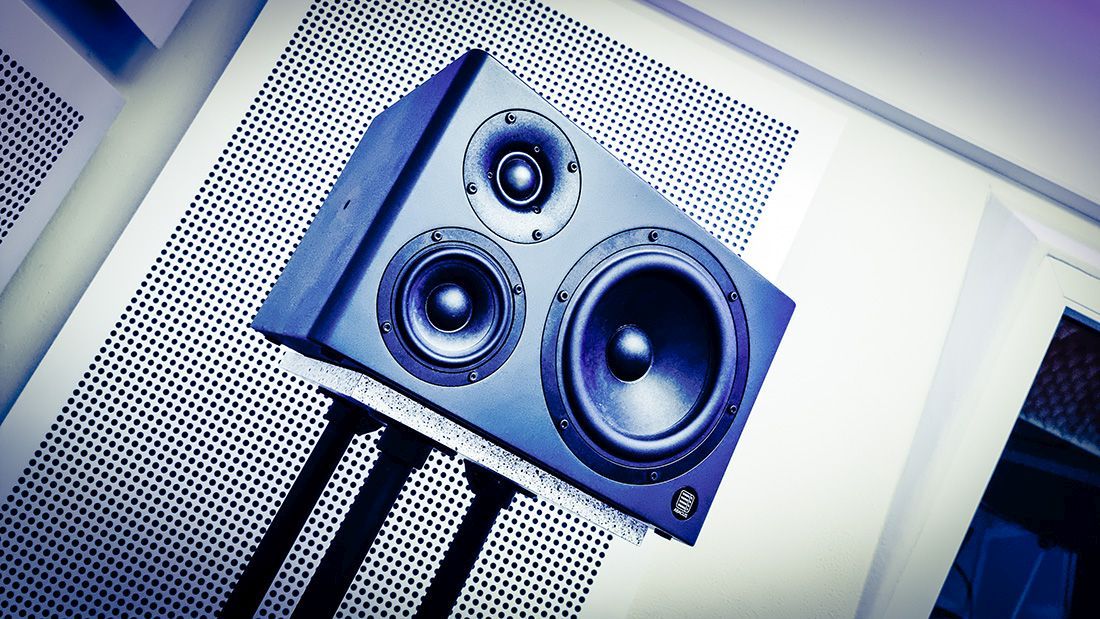Review Fabfilter Pro-R-2
As I am a big fan of Pro-R which was released in 2017 I was excited about R2! First of all some basic information: FabFilter Pro-R-2 works algorithmically and calculates the rooms in real-time. The resizable interface design with intuitive musical controls is easy to use and has the typical FabFilter look. You can find your way around quickly. The freely scalable GUI (real-time spectrum analyzer, which also displays the decay time-frequency) is ultra-modern and lovingly designed. A real eye-catcher.
The most important control elements are Brightness, Character, Distance, Space (allows you to switch between dozens of distinct, finely calibrated room models), Decay, Stereo Width and

Mix. Unlike some other reverbs, the Fabfilter Pro-R-2 does not produce any coloration. The reverb is transparent and sounds smooth. Thanks to the possibility of EQ processing it fits easily into the mix.
You can determine the size of the room seamlessly and don’t have to step through various “reverb modules”. That makes the workflow a lot easier. This is often less resolved with the competition. In general, the main strength is its versatility. What I love: This reverb fits easily “unnoticed” in my samples. For most competitors, this is often only possible after intensive and complex adjustments – if at all. It also sounds not so metallic like some other Reverbs I know. Another game-changer is that Pro-R2 allows you to EQ the reverb afterward. I enjoy that you can rapidly shut off some of the resonances the reverb introduces in addition to being able to cut off the lows.
You may easily adjust the type of reverb you want. This is greatly aided by the strategy of putting ‘understandable’ settings on the knobs and upfront as opposed to technical ‘under-the-hood’ parameters as other competitors occasionally do.
For me, it’s well worth the money for the two new Vintage and Plate algorithms that let you recreate classic digital reverb units of the ’80s and ’90s in no time. Also, the option to load IRs is simply amazing! Saturation and compression are added via the Thickness parameter, and blending the reverb into the background is made simple with the newly included Ducking tool. This is another great addition compared to V1.
I personally don’t need the Dolby Atmos integration but it’s great to see how it was done inside. Since R2 now also includes a freeze button, my Eventide Blackhole will probably be unemployed in this area. Additionally, you receive precisely calibrated knobs, a comprehensive help file with interactive assistance hints, interactive MIDI Learn, Smart Parameter Interpolation for seamless parameter transitions, and a great new preset browser, with tag support, favorites, and easy searching and filtering.
Final Verdict
I like to add Saturn2 behind Pro-R2 when mixing to give the reverb a certain color and uniqueness. In general, the combination of these two plugins is one of my secret weapons. For me, Pro-R2 is one of the most flexible and easiest-to-use plugins on the market. Last but not least there is no iLok hassle. Highly recommended!
Visit my BLOG for other vst recommendations, production tips and more!
Cheers,
Oliver Schmitt aka Sounds of Revolution (SOR)







